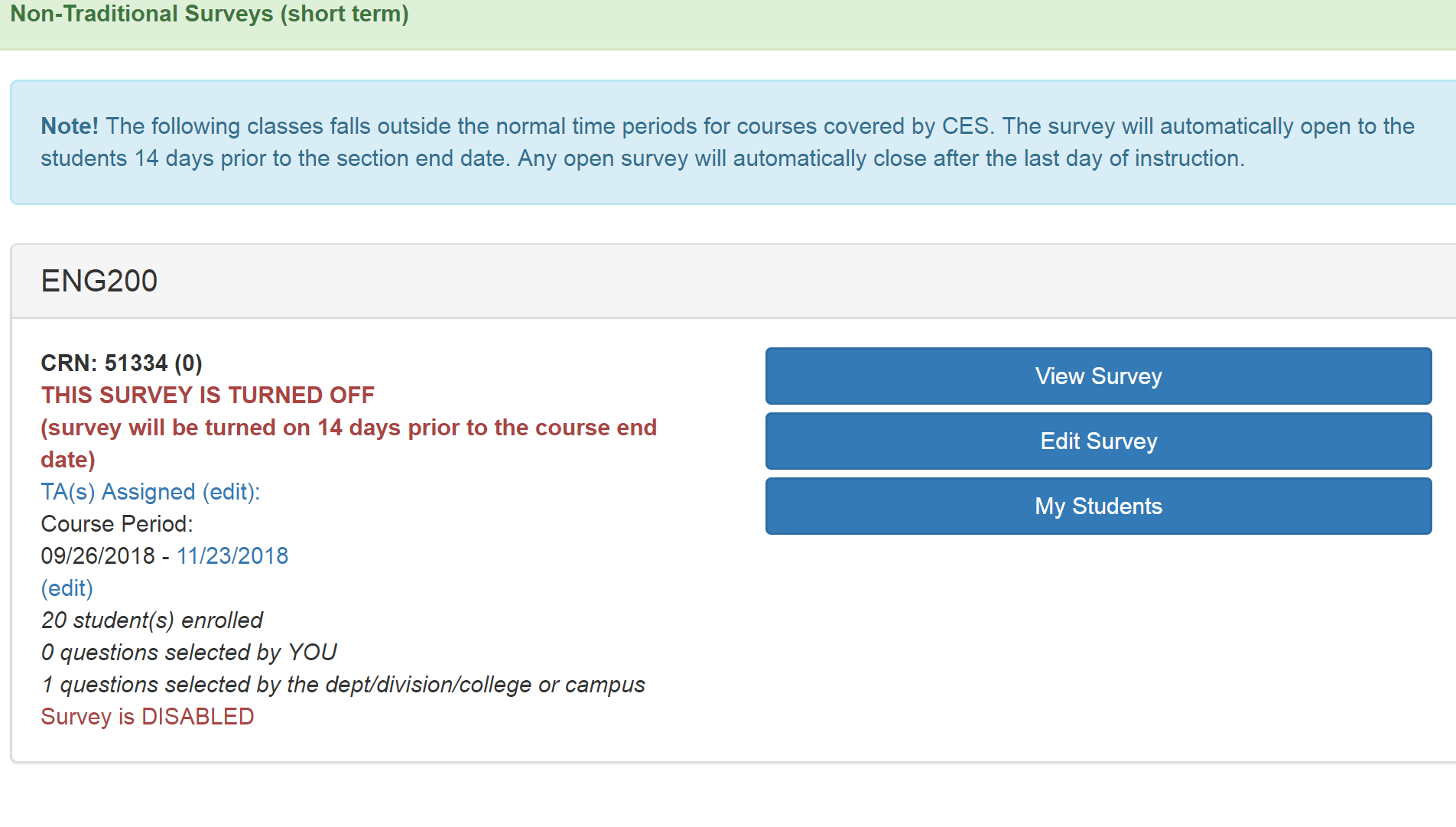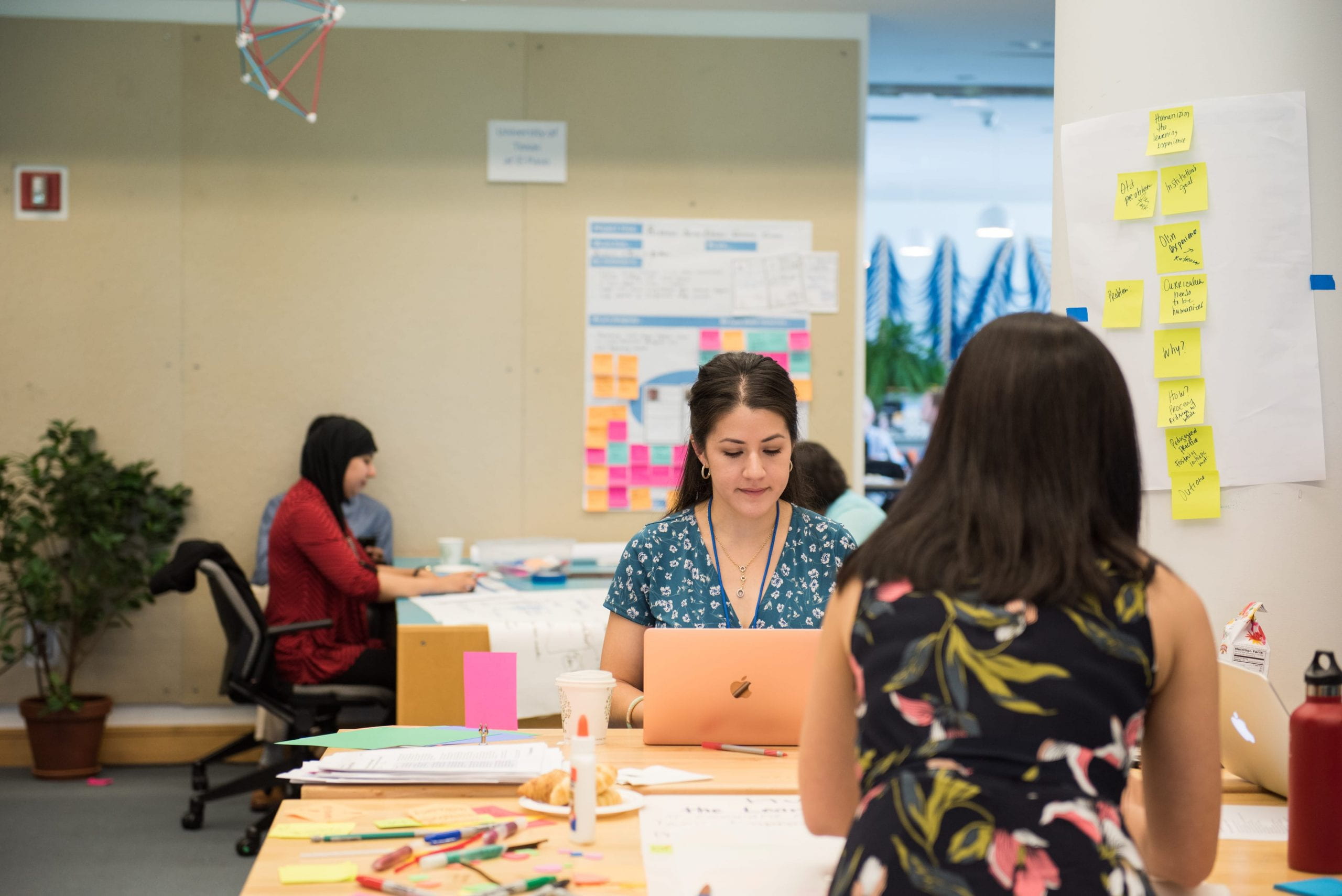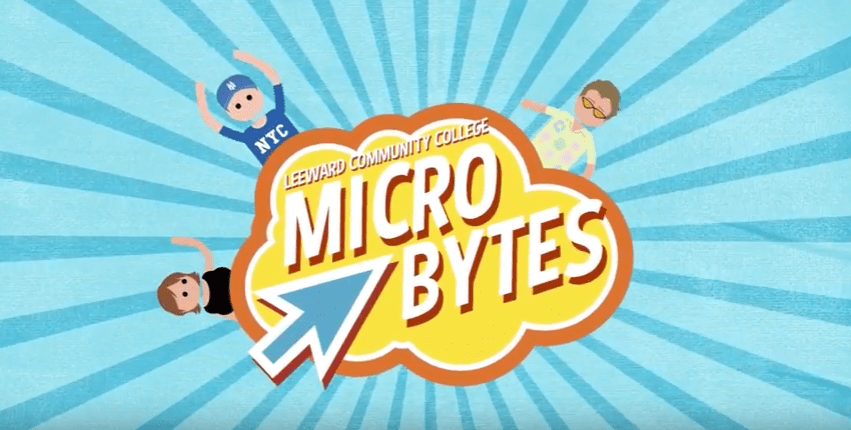It has been thrilling to see the Open Educational Resources (OER) Initiative takeoff at Leeward CC. Many instructors have successfully adopted and integrated OER into their classes. The initiative has reduced costs for students and increased student success. As we continue the push toward openness, we would like to encourage you to consider open pedagogy. While there is no single definition of open pedagogy, here is a definition:
Open pedagogy takes OER as a jumping-off point for rethinking the relationship between teachers, students, and knowledge. If teachers and students can now modify their textbooks and learning materials, we shift the student emphasis to contribution to knowledge as opposed to simple consumption of knowledge. Teachers and students become learners together, and “content” becomes a dynamic, always changing category with which we engage rather than a stable set of facts to be mastered. (DeRosa) Submitted by Heather M. Ross
It is always helpful to see examples from other instructors. Here one we would like to share.
 The following is a guest blog post by Gloria Niles, PhD, Assistant Professor in Education, UH West Oahu.
The following is a guest blog post by Gloria Niles, PhD, Assistant Professor in Education, UH West Oahu.
After completing a 7-week OER training offered through Leeward Community College in Spring 2017, I had a renewed commitment to reducing or eliminating textbook cost for my courses by using instructional materials that are openly sourced. I soon realized that projects I already assign could be used to teach my students to openly source and share their work with a global audience. Later, I realized this process had a term, which is Open Pedagogy.
One assignment, in particular, has evolved over the past three years through Open Pedagogy. EDEE 324 is a required courses in the Elementary Education concentration for Education majors at UHWO. The ʻIke Ola Pono (Health Literacy) Digital Storybook Project is a assignment for Health, Physical Education and Movement (EDEE 324) at the University of Hawaiʻi-West Oʻahu (UHWO). I began this assignment in Fall 015, initially inspired by the Health Literacy Database at Miami University directed by Valerie Ubbes, Ph.D. My initial intention was to create an authentic assessment for teacher candidates (students) in an online course. As the project has evolved, my focus on Open Pedagogy has increased.
The objective of the ʻIke Ola Pono Digital Storybook project is for teacher candidates to develop a children’s story that incorporates aspects of Dr. Ubbes’ Habits of Health and Habits of Mind Model in a story that is culturally responsive to Hawaiian ways of knowing. In 2017, I incorporated the Hawaiʻi Department of Education’s Nā Hopena Aʻo (learning outcomes), adding a requirement that the story align with the Nā Hopena Aʻo as well as Hawaii Content and Performance Standards III for Health.
Beginning in 2017, teacher candidates were encouraged to add a Creative Commons license (which allows individuals to share their work, but retain copyright) to their storybook, and have their book included in the Mālama Honua Digital Storybook Series. In June 2017, the first titles in the series were shared publicly as part of the Mālama Honua Fair, celebrating the homecoming of the Hōkūleʻa. This event provide the authors the opportunity to showcase their work. As the teacher candidates shared their books with visitors who stopped by the UHWO exhibit space, it was heartwarming to observe the pride the authors had as children were reading their digital book on tablets and laptop computers. Parents and teachers were downloading the QR code to share the storybooks with their children and students.
Some teacher candidate are excited, and other are a bit intimidated at the start of the semester, when they learn they will be required to author and illustrate a children’s book. However, once they review the resources available through articles, videos, and websites, the trepidation turns to enthusiasm. Additionally, reviewing the titles in the Mālama Honua Series provides motivation and desire to see their story included in the series at the end of the course.
In addition to providing a collection of resources to support the process of writing childrenʻs literature and various media that can be used to illustrate their story, I scaffold this semester long project into steps, beginning with formation of peer review teams. During the first week of class, students join a peer review team of 4 to 5 students. The peer review teams each have a private discussion forum where they can share resources, and submit the stages of their project for feedback and review from their teammates. Providing feedback to their teammates also tends to strengthen their own project, and provides a support system.
The first submission is the ʻIke Ola Pono Digital Storybook Plan. Teacher candidates are provided with a planning template to scaffold the planning of their storybook, and identify how the story alignments with standards and outcomes.
The second step is the submission of the First Draft. This includes the manuscript and a storyboard for the conceptual design of the illustrations. Instructor and peer review feedback is provided. I also evaluate the manuscript for the readability level, using Readable.io. This tool provides feedback to determine if the manuscript is written at an appropriate reading level for the target age or grade level.
The third step is the submission of the Final Draft. This is the complete book in a digital format, with text and illustrations in the book format layout. Feedback is provided once again by peer review teammates as well as the instructor.
The published version is the final version of the storybook, submitted as the signature assignment. In the published version, the author is asked to add two lesson activities that can be used to extend learning opportunities, as well as the alignment to Health Education standards and the Nā Hopena Aʻo.
As the instructor, I serve as the editor for the series. As editor, my job is to ensure that illustrations that are not original artwork are correctly attributed, and overall professionalism of the published version. Not every ʻIke Ola Pono Digital Storybook submitted is represented in the series. However, as the series has grown to 23 titles, each semester the teacher candidate seem increasingly motivated to self-assess and produce a high quality project.
In order to continue the evolution of Open Pedagogy, ideas that I am considering are for teacher candidates to revise, remix, reuse titles in the Mālama Honua Digital Storybook Series. I am also planning Read-Aloud events where authors from the previous semester will read their book to children in local libraries, and in elementary school classrooms.
Key Takeaways
- Model Use openly licensed instructional materials in your course (articles, textbooks, videos, podcasts, websites.)
- Authentic assessment. Students are creating a meaningful product that will have an audience.
- Scaffold Divide a semester-long project into incremental steps with formative feedback and reflection.
- Self-assessment: Involve students in self-assessment of their work and classroom performance
- Peer review. Use peer review for support and for improving student work.
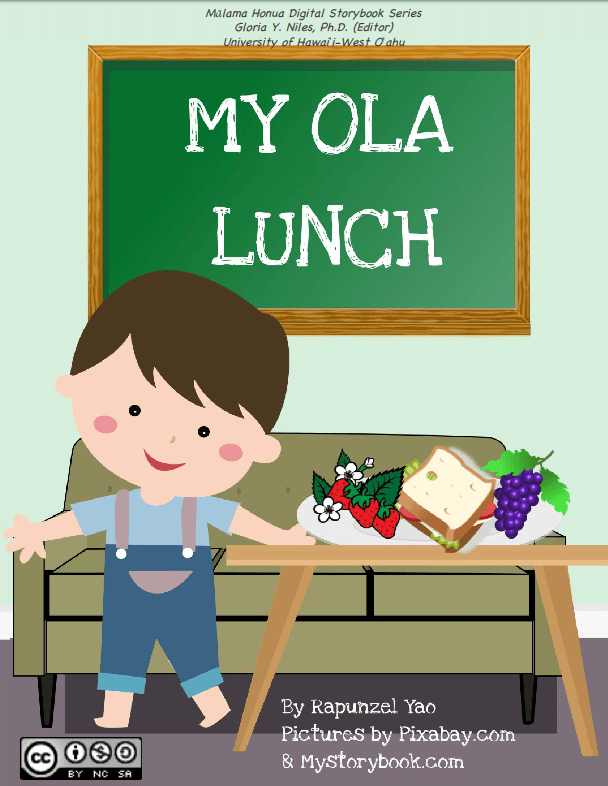
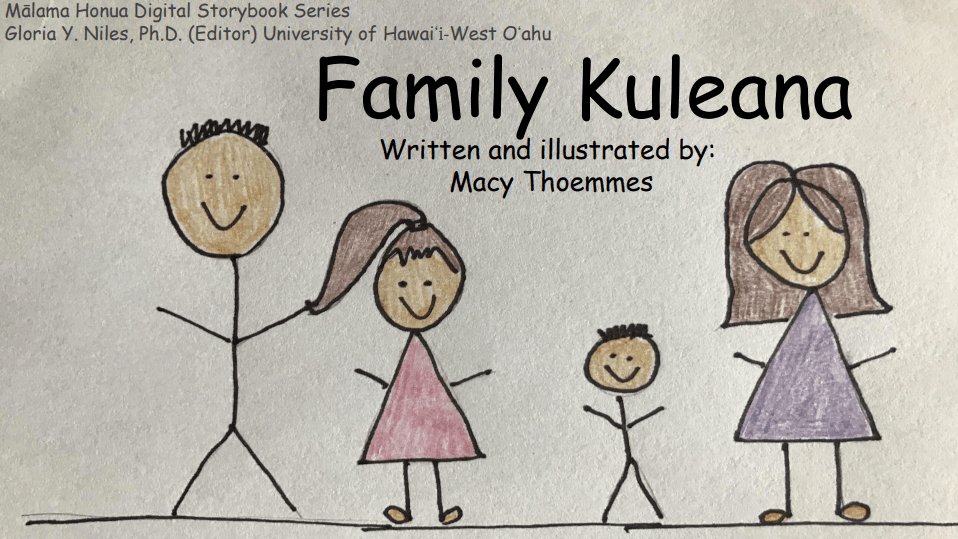
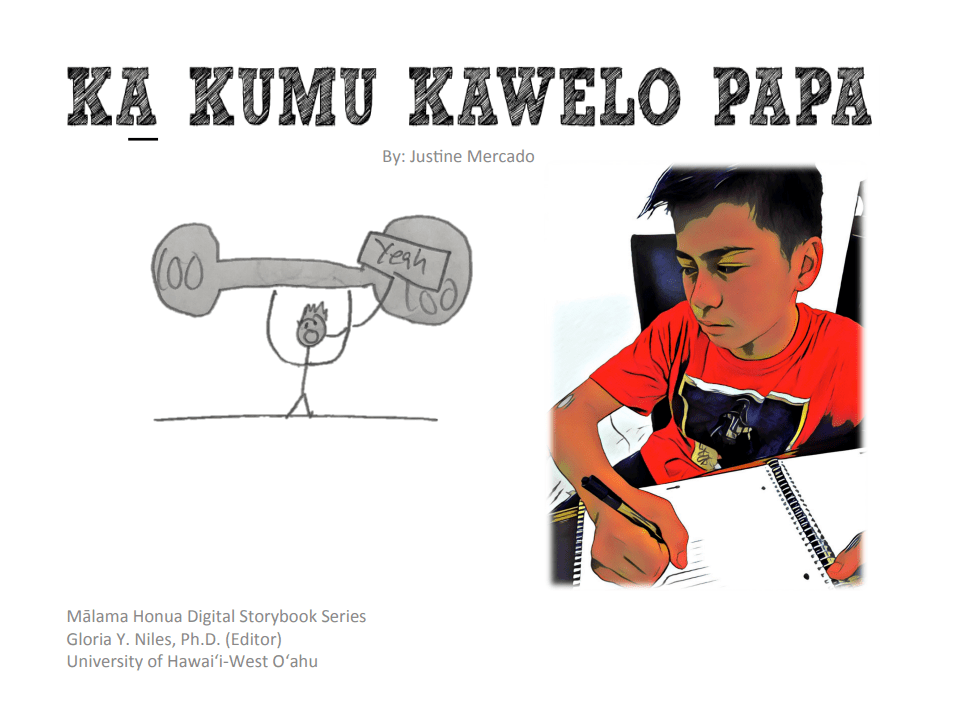
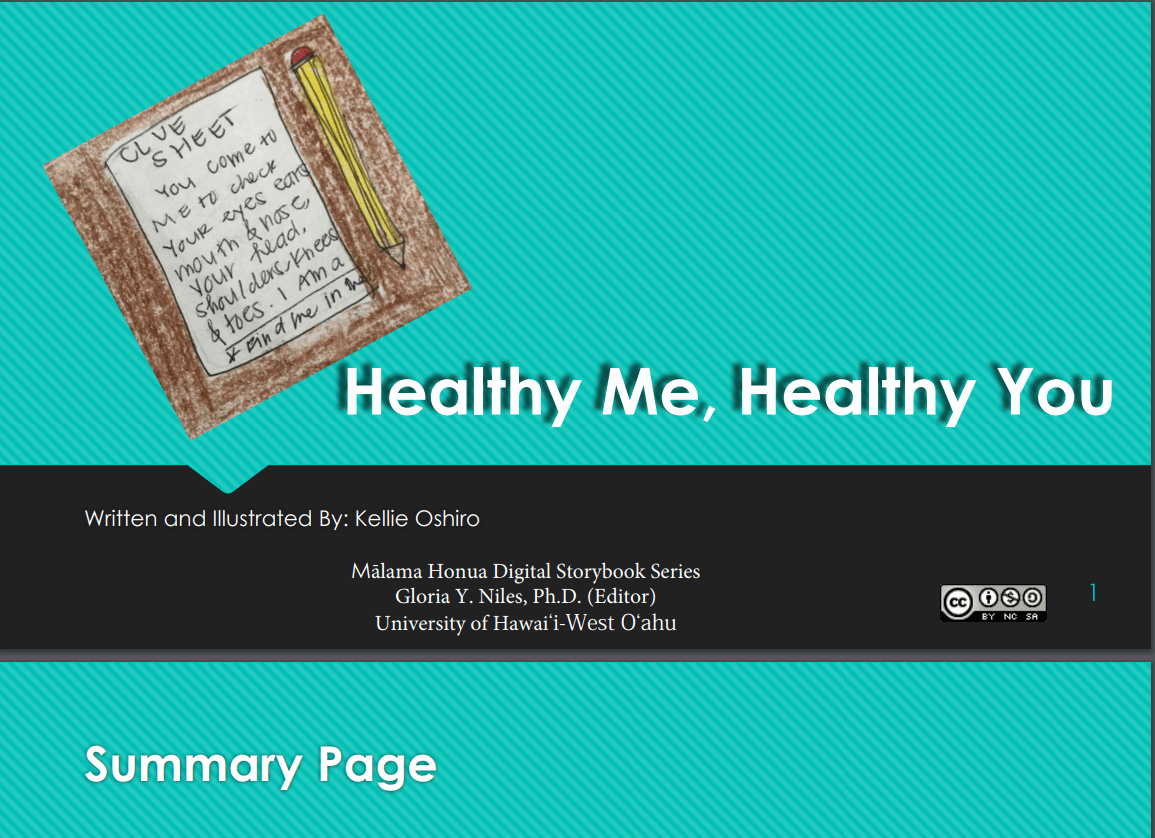
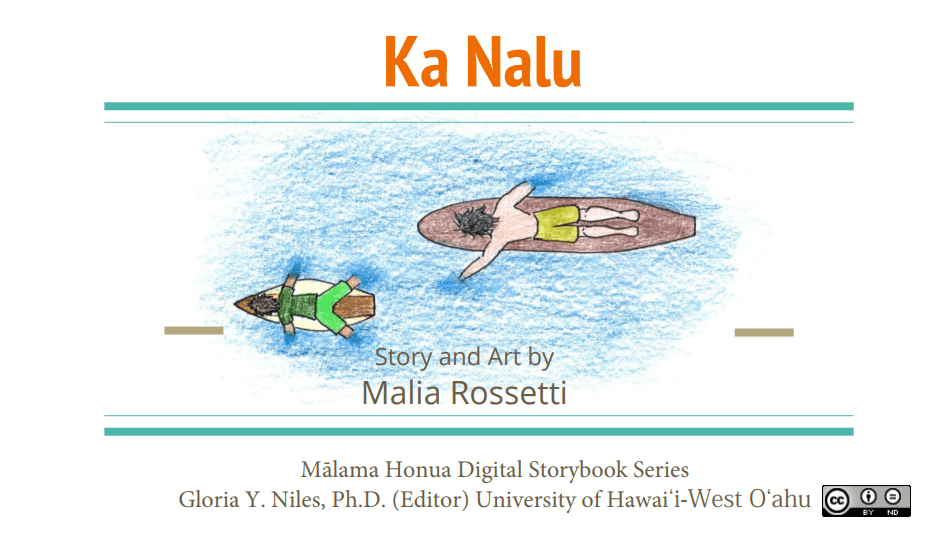
Sampling of screenshots above are from Mālama Honua Digital Storybook Series. Each storybook has been licensed by the student author under a Creative Commons license.
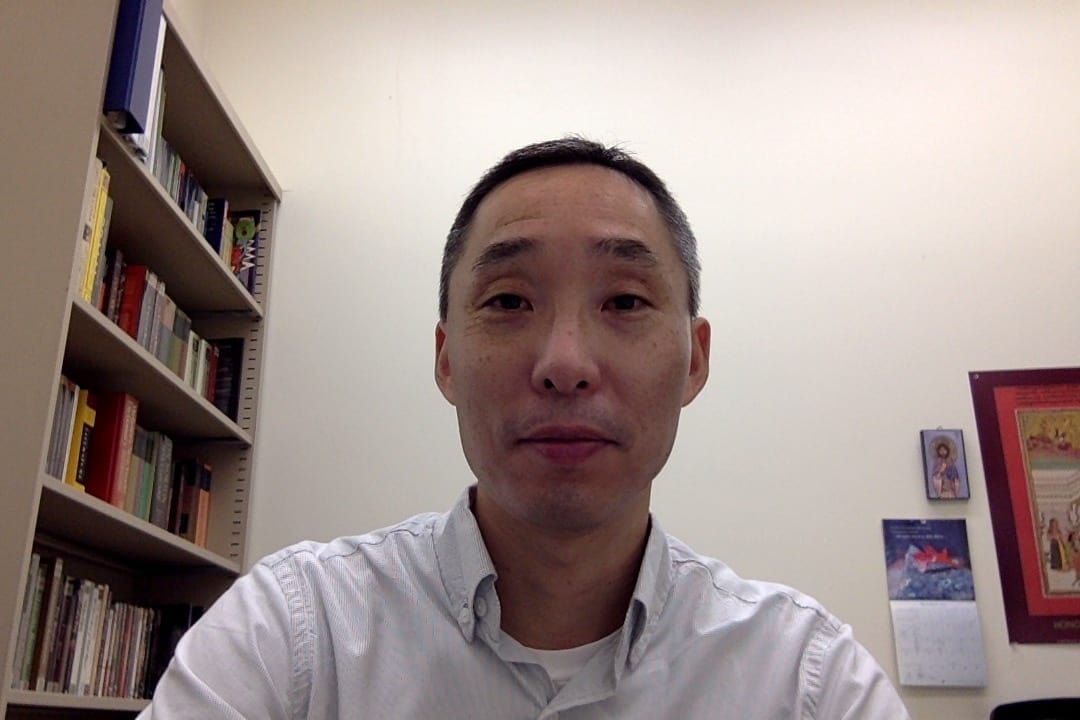 The order of the questions in the question bank is the order in which they appear in the survey.
The order of the questions in the question bank is the order in which they appear in the survey. 
